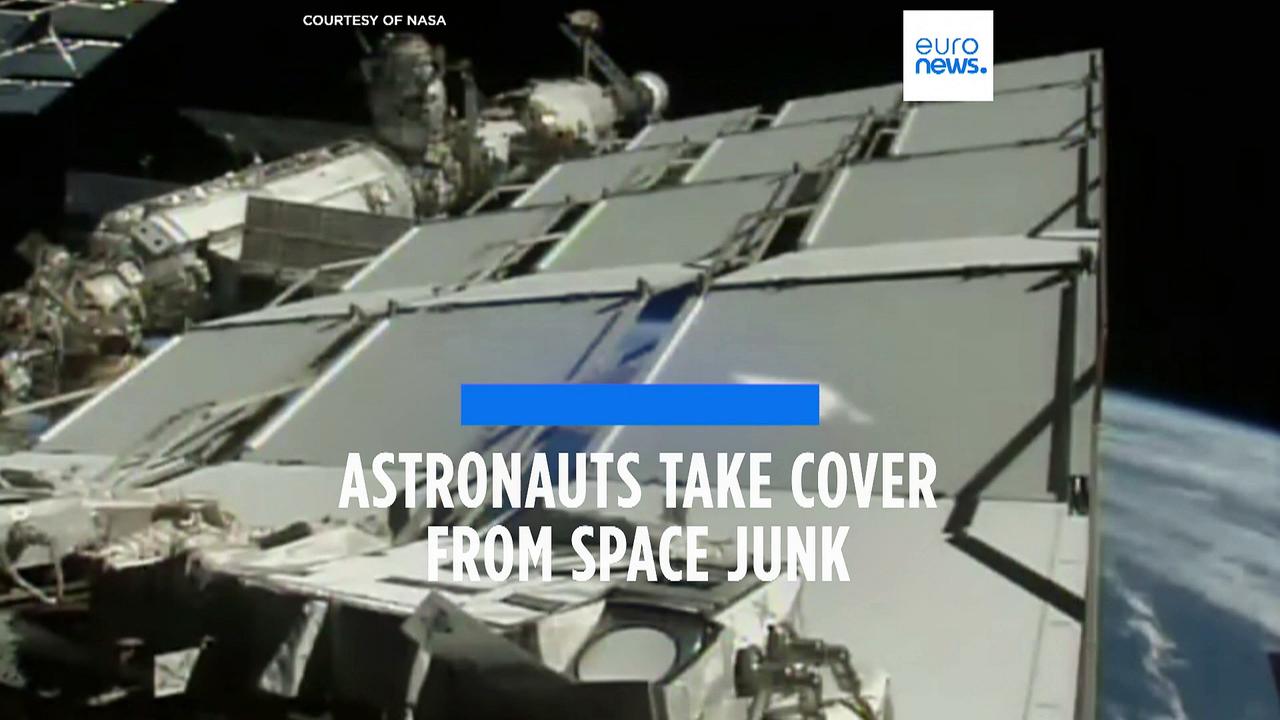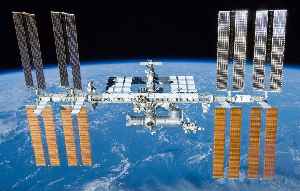Defunct Russian satellite breaks apart forcing ISS astronauts to react
Video Credit: euronews (in English) - Duration: 00:37s - Published

Defunct Russian satellite breaks apart forcing ISS astronauts to react
Nearly 200 pieces of space junk from a Russian satellite forced seven astronauts aboard the International Space Station to briefly take shelter.


![ISS Crew Forced to Take Shelter After Russian Satellite Breaks Apart [Video]](https://video.newsserve.net/300/v/20240627/1379791968-ISS-Crew-Forced-to-Take-Shelter-After-Russian.jpg)